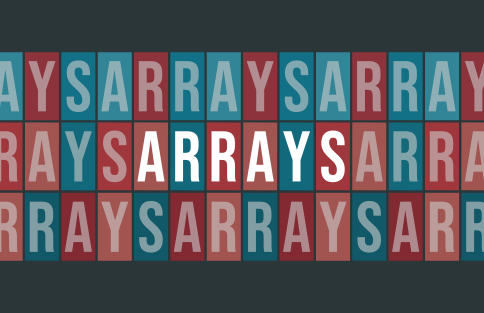 Arrays
Arrays
samples is an array,
System.out.println(samples) doesn't print the elements of the array.
Another way to debug is to use the reversed files supplied, such as
ReverseHelloWorld.wav, as the inputs to your program. When
you reverse a reversed audio file, you get back the original.
A.wav and AMajorScale.wav sound like
the originals when reversed?StdAudio.read() first converts the audio to monaural,
so you need not worry about that here.
args is an array of strings. As with any array, you
can get its length with args.length.
StdAudio, it will clip them (round them to +1 or –1).
SynthA.wav and InvertedSynthA.wav
even though they both make sounds when played individually. What's going on?